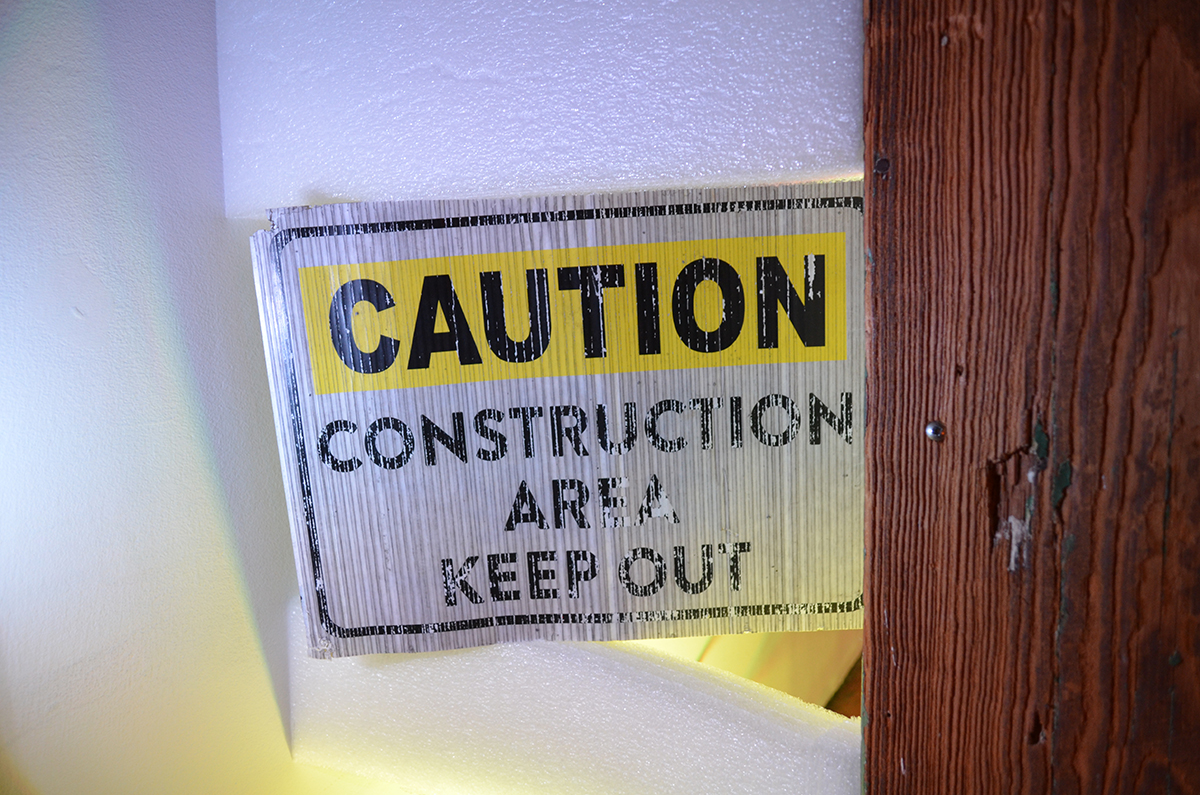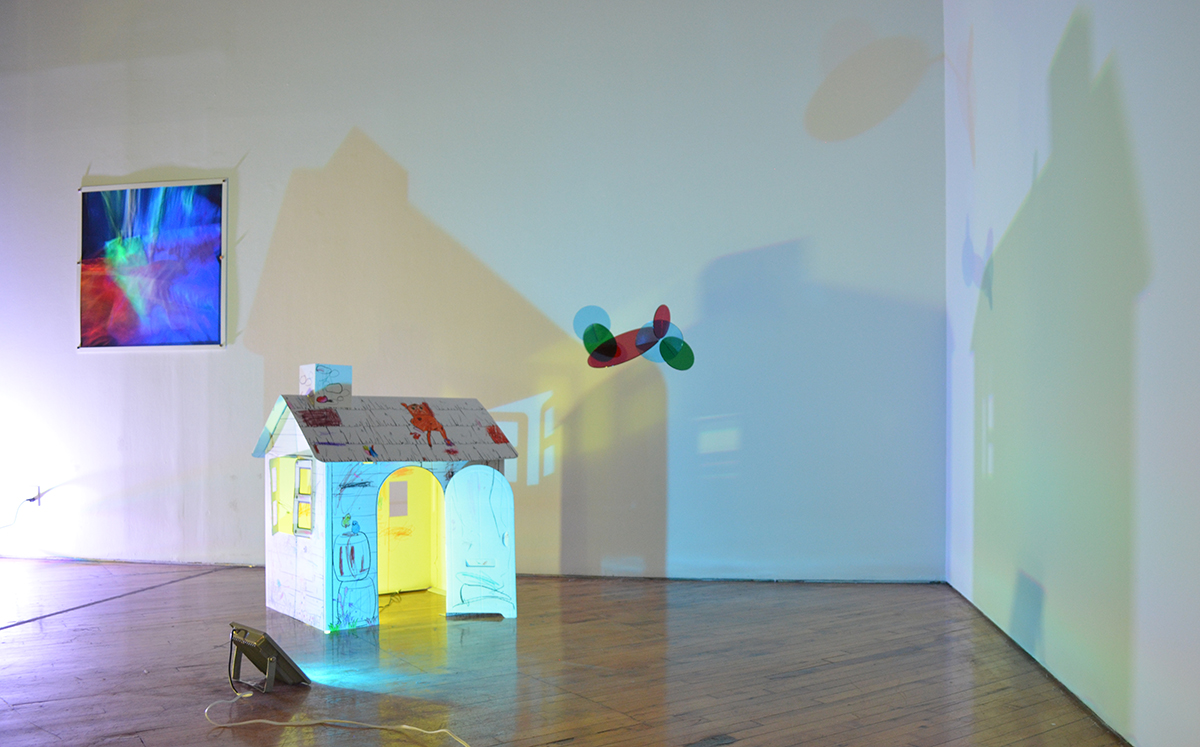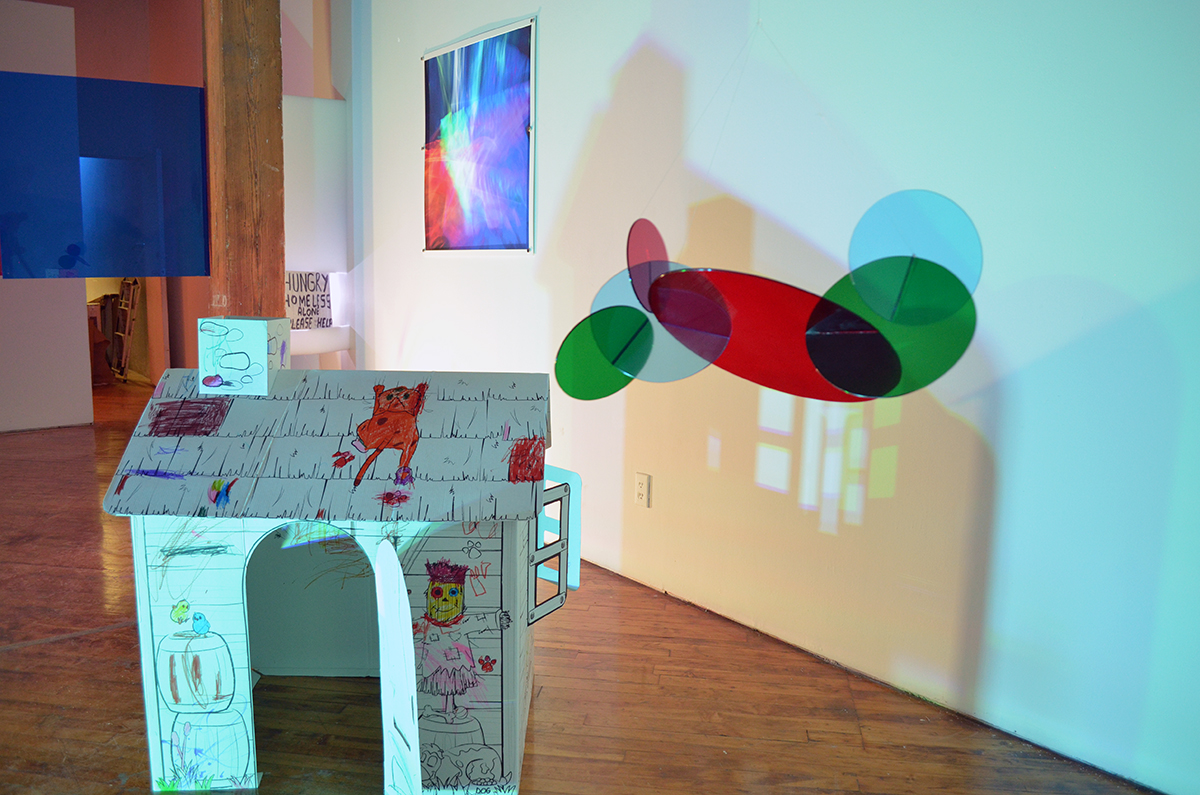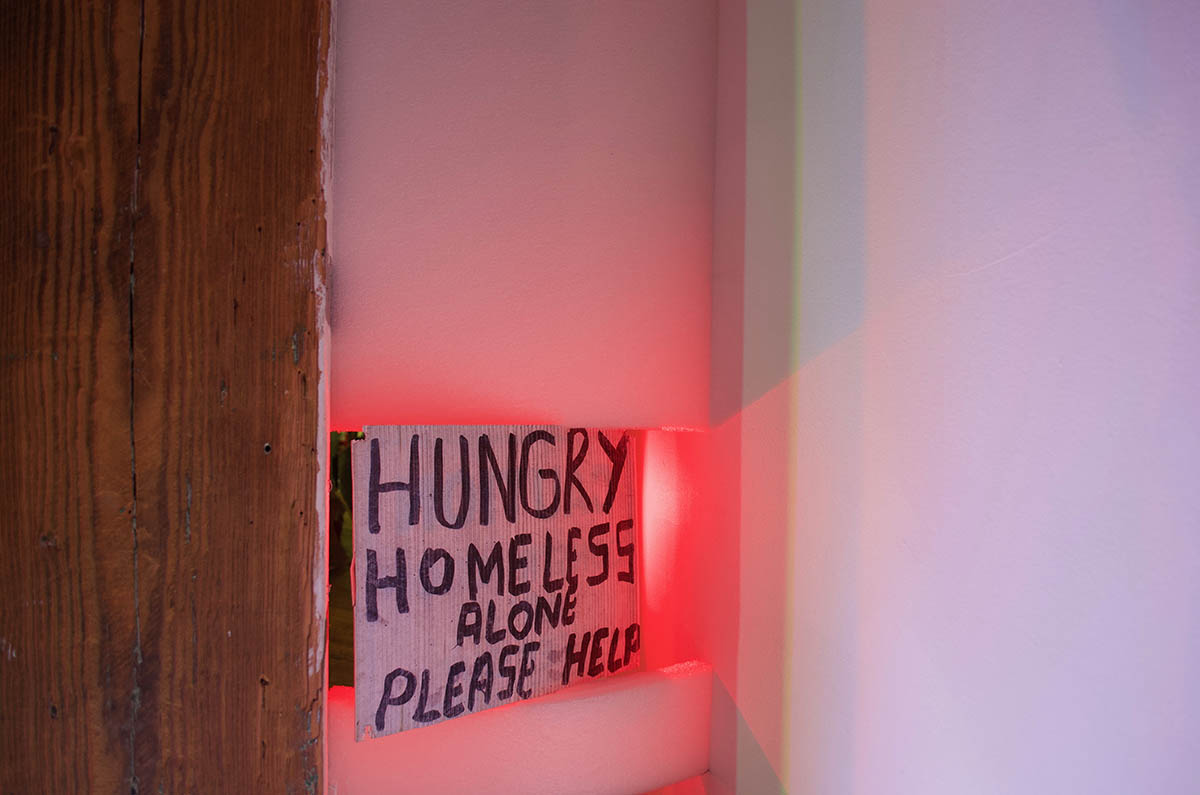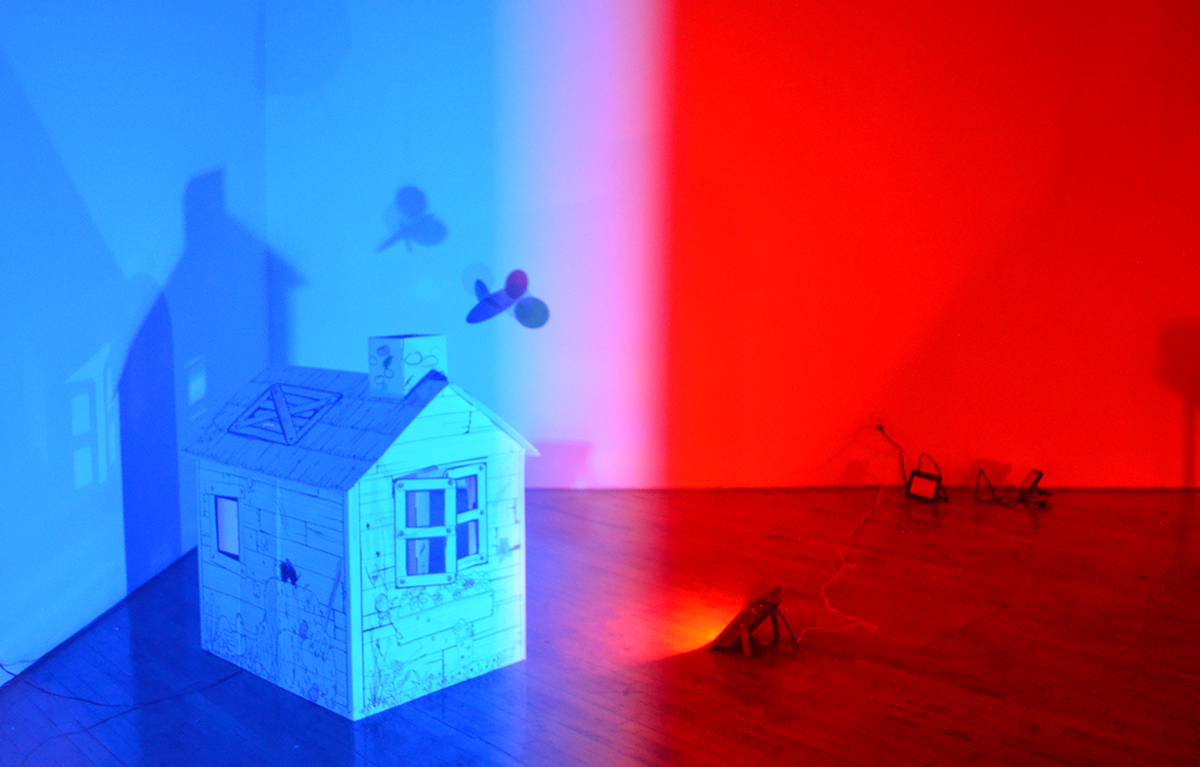GUSTAVO ARTIGAS
info@gustavoartigas.com
Colour Pavilion. T – 1
Installation. 2019 - 2020
Programmed RGB floodlights, acrylic, slow-motion motor, cardboard children house, photography, video mapping, and a found construction sign with written words in the back.
Installation based on construction found sign. This piece is intended as a pavilion and a landscape piece for Toronto.
“Artigas has had a very diverse career, not only in terms of themes but also in terms of forms. In his work we see different elements, from the creation of machines that imitate human actions, a film projected on a sand curtain, speakers with dialogues between Tzeltal, Tzotzil, and Innuit indigenous groups, to actions in which he represents conceptual reflections through people. His work with actions takes on greater physical dimensions in his pieces of games, as we can see in “The Rules of the Game” presented at the Venice Biennale in 2001, where he leads us to think about the notions of coexistence, political and geographical limits.
A year ago, while giving a workshop with us here at ICE, Artigas told us that on a trip through Russia, he found a statue of a Russian soldier in a park. This statue was stained because they had thrown a bucket of red paint on it. Artigas took a photograph of this sculpture and digitally separated the red paint from the object. In doing this, he wonders, what happens if I separate this paint blasted from the object? It happens, Artigas replies, that it is just a form of gesture. Gustavo then transfers this thought to the artistic production and wonders if the same thing happens in the creation of a piece of art; if art is not just a mere gesture.
After having developed so many pieces with a conceptual basis, the real function of the argumentative foundation of art is questioned and the attention turns to the form. We see this in “Río”, an exhibition presented at the Museo del Chopo in Mexico City in 2015. This work extracts the gesture of the party where we see people dancing to the rhythm of “Disco Samba” in a room that simulates a disco with colorful lights that turn on and off on the floor, and is decorated with color lithographs that are also illuminated in order to be more striking. In reference to this piece, Artigas explains that in a historical moment where many artists take a social emergency plan, the aesthetic element is usually left aside. He then decides to look back at aesthetics and form by immersing him and immersing the audience in the colors, lights, and sounds of the party.”
Ximena Berecochea on Artigas’ Pespectives. 2019
